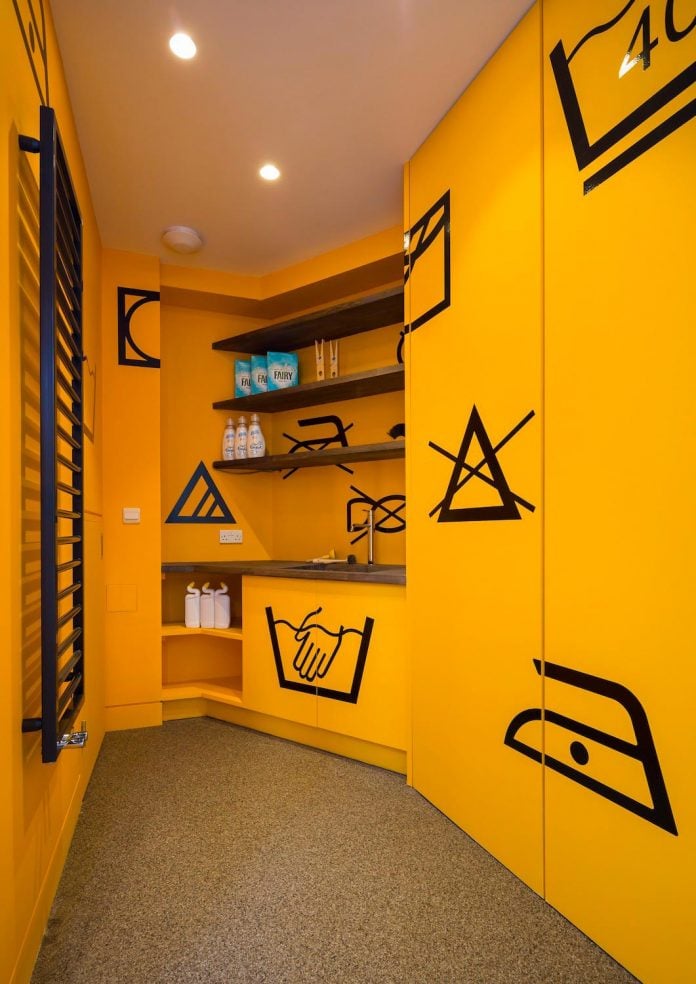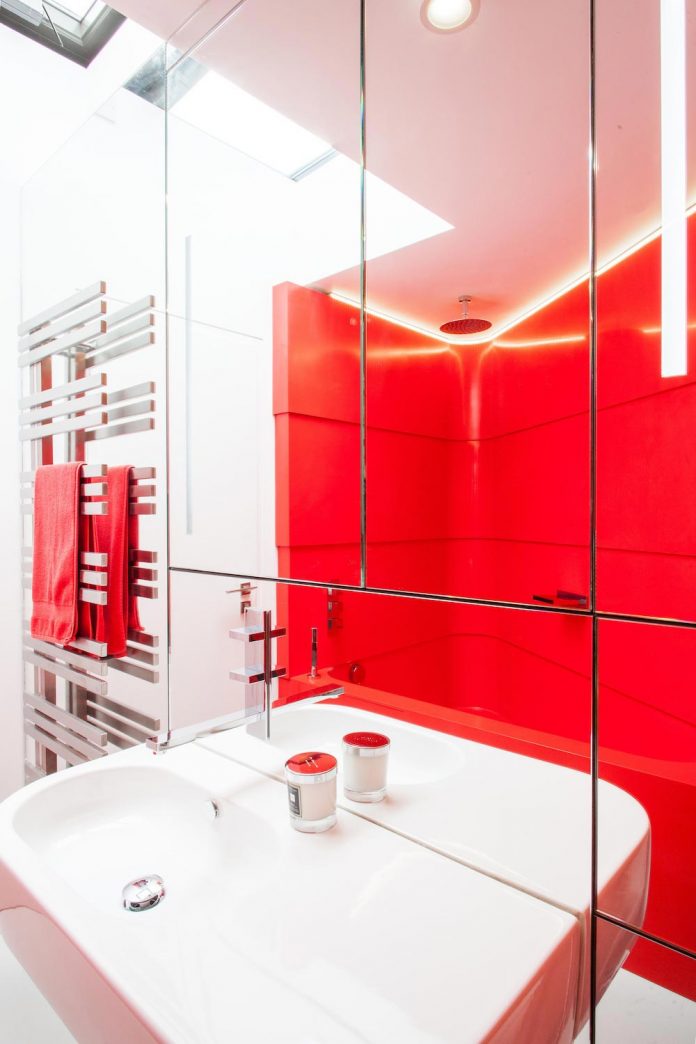Forest Mews: 3 houses arranged around a multi-functional shared outdoor courtyard on an urban brownfield site
Architects: Stolon Studio Ltd
Location: London, United Kingdom
Year: 2014
Area: 4.306 ft²/ 400 m²
Photo courtesy: Tim Crocker, Robert Barker
Description:
“Forest Mews is a redevelopment of an urban brownfield site with a small sustainable community of 3 live/work houses arranged around a multi-functional shared outdoor courtyard. The buildings create a balance between natural light and thermal performance by using triple glazing as well as high performance insulation to walls, floors and roof.
Land-locked on all sides, the architects had the challenge of providing light to each room, without compromising privacy and outlook; in a scheme conversant with its patchwork context, constructed with the sensitivity which accompanies 32 Party Wall Awards, and delivered on an ambitious budget.
The communal courtyard is landscaped with a geometric mix of resin-bound gravel and planting beds, connecting back to brick piers. The beds provide footholds from which climbing plants grow, supported on a treillage mesh, which branches across the face of the buildings, tracing out the motif of the elevations and providing privacy and shade to occupants. The geometric pattern features in project graphics, textile-prints and also in the clients’ wedding rings.
Central to each of the open plan ground floors is a semi-private outdoor room / courtyard. This loggia space is multifunctional, serving as a grand entrance porch, an external terrace, an extension to the living space and as an atrium to the surrounding rooms. The flying brick beams of houses, define the boundary of the private and communal space, creating a clear gateway without barriers.
Each house is tailored to its position on the site, fashioned from the same building fabric, and gathered together using a common design thread. Atypical to a traditional mews, the designs are light and airy, with a high proportion of glazing to solid. The pale ‘stock’ bricks and glazing reflect light into the communal courtyard even during winter months.
The large two-storey triple-glazed window openings are framed by slender brick piers, which are braced by the construction of the first floor. The steel structure and bespoke masonry supports over the curved roof were designed in 3D to accurately unite the crafted brickwork geometry of the inclined beams. Lifted in two corners to bring light into the living space, this roof is finished internally with a softly reflective, biscuit-jointed ‘armadillo’ ceiling.
A sustainable drainage system (SuDS) incorporates a combination of green roofs, green walls, planted filtration strips, a rainwater-harvesting tank, a 17,000 litre attenuation tank and 2 ‘drinking policeman’ – which the architects invented – to slow the flow of water, as well as slowing traffic. A mix of sedum and native wild flowers were used to increase biodiversity and improve the appearance.”

























Thank you for reading this article!












